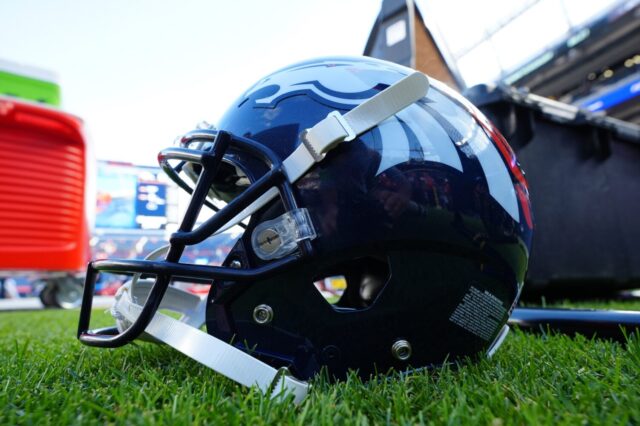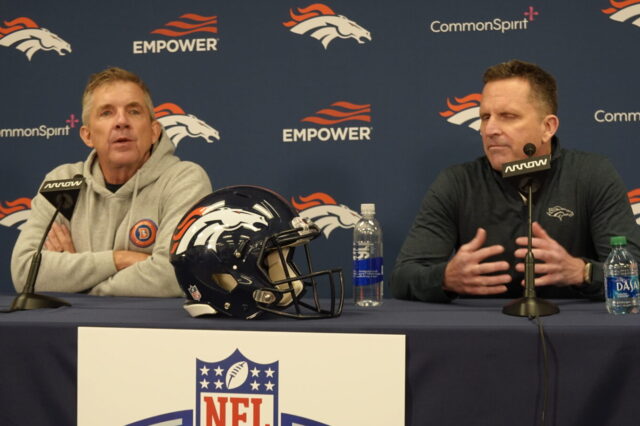With the current stable of running backs in C.J. Anderson, Devontae Booker and newly-signed Jamaal Charles, the Denver Broncos go into this upcoming season looking to divide touches equally among its runners. With a running back by committee approach, the team is set to join the growing list of other teams around the league who lack a bell cow running back, cobbling the talents of a few players into one position.
The scourge of fantasy football owners everywhere, a committee approach has its advantages and its drawbacks. Now that Denver is prepared to go into this upcoming season not leaning on any one back to be the fulcrum of its rushing attack, it could minimize the risks of crippling injuries like the one that befell Anderson last season. On the other hand, all three backs have question marks looming over them that a committee approach wouldn’t necessarily help to solve.
Pros
For as effective as all three backs have been in their careers, health is concern for two out of the three runners who figure to have prominent roles. Anderson has been a Broncos mainstay for the better part of four seasons and has yet to crack 1,000 yards in a campaign, largely due to injuries. Charles has been a durable back over six of his nine years. Injuries decimated his 2011, ’15 and ’16 seasons. Even the fresh legs of the rookie, Booker, faded down the stretch last year when he was handed the reins as the lead back in Anderson’s absence.
This is why splitting time among all three players makes all the sense in the world. Anderson benefits from not having to carry the ball 20-25 times a game and instead can be a first- and second-down battering ram, or a late-game closer against worn down defenses. An underrated pass catcher, Charles won’t be asked to tax his surgically repaired knee more than needed, while also being a valuable pass protector and check down option. Booker can still be an integral part of the offense, as he can spell either Anderson on the early running downs or give Charles a breather on passing downs, having been targeted 46 times and coming away with 35 catches in a backup role a season ago.
Cons
When was the last time anyone has seen a successful backfield timeshare that produced great results? Outside of the Atlanta Falcons and Oakland Raiders of last year, not many come readily to mind. And the Broncos don’t have the speed and agility that Atlanta has, or the offensive line the Raiders boast. Even with teams making a move to sharing the load in order to preserve their backs, each one of the Broncos’ ball-carriers may not flourish as expected due to not having a consistent workload.
Anderson doesn’t appear to be the type of back who finds his rhythm with only a dozen touches per game. Charles is 30 years old, an age where most running backs’ production takes a drastic dip. Coming off a major knee injury, it could take him half a season to find his legs again. Being pushed farther down the depth chart won’t help Booker smooth out his pass-protection issues if he’s only playing 25 percent of the snaps or less.
Takeaway
A weak point from a season ago, the running game needs a different approach. Instead of relying on just one man to be the lead horse running the ball, Denver will give a team of thoroughbreds a chance to turn around the rushing attack.



